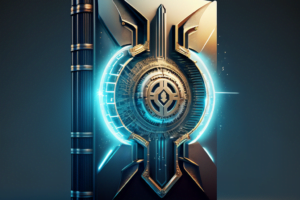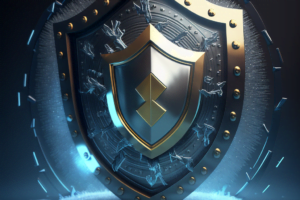As the Web3 ecosystem continues to grow, scalability and interoperability have become increasingly important to ensure seamless user experiences and to accommodate the expanding range of decentralized applications (dApps) and services. Layer 2 technologies and cross-chain solutions have emerged as key innovations to address these challenges, boosting transaction throughput and enabling frictionless interaction between different blockchain networks. In this article, we will explore the various Layer 2 solutions and interoperability protocols that are shaping the future of Web3 and the decentralized ecosystem.
Layer 2 Technologies: Enhancing Scalability and Efficiency
Layer 2 solutions are designed to improve the scalability and efficiency of blockchain networks by moving transactions and computations off the main chain, thereby reducing congestion and lowering transaction fees. Some of the most promising Layer 2 technologies include:
- Optimistic Rollups: This technology aggregates multiple transactions into a single proof, which is then submitted to the main chain. Optimistic Rollups provide significant improvements in transaction throughput and reduce fees while maintaining the security of the main chain. Notable projects utilizing this technology include Optimism and Arbitrum.
- zkRollups: Similar to Optimistic Rollups, zkRollups bundle transactions off-chain but use zero-knowledge proofs to ensure the validity of the transactions without requiring the main chain to verify each transaction individually. zkRollups offer increased scalability and privacy while maintaining security. Projects such as Loopring and ZKSync are leveraging zkRollups for their platforms.
- Plasma: This Layer 2 solution creates child chains that run parallel to the main chain, allowing for off-chain transactions and computations. Plasma can process a high volume of transactions while periodically committing the aggregated results to the main chain. The OMG Network is a notable implementation of Plasma technology.
- State Channels: State channels enable off-chain, peer-to-peer transactions between parties, with only the final state of the channel being recorded on the main chain. This approach reduces congestion and allows for fast, low-cost transactions. Projects like Raiden Network and Connext are working on state channel implementations for Ethereum.
Interoperability: Connecting the Decentralized Ecosystem
Interoperability is essential for the seamless functioning of the Web3 ecosystem, as it enables communication and value transfer between different blockchain networks. Various protocols and solutions are being developed to address the challenge of interoperability, including:
- Cross-Chain Bridges: These bridges facilitate the transfer of assets and data between different blockchain networks. Projects like ChainBridge, Wormhole, and RenVM provide cross-chain bridges that connect networks such as Ethereum, Binance Smart Chain, and Solana.
- Polkadot: Polkadot is a multichain protocol that enables cross-chain communication and value transfer between various blockchain networks. Its unique architecture, which includes a central relay chain and connected parachains, allows for seamless interoperability and increased scalability.
- Cosmos: Similar to Polkadot, Cosmos is a decentralized network of interoperable blockchains, built on the Tendermint consensus algorithm. The Cosmos ecosystem utilizes the Inter-Blockchain Communication (IBC) protocol to enable frictionless communication between connected blockchains.
Conclusion
Scalability and interoperability are critical components for the growth and success of the Web3 ecosystem. Layer 2 technologies and cross-chain solutions offer promising avenues for addressing these challenges, fostering a more interconnected and efficient decentralized landscape. As these innovations continue to mature and gain adoption, they will play a crucial role in unlocking the full potential of Web3 and shaping the future of the decentralized ecosystem.
























![StarsArena (StarShares): The Universe of Web3 Crypto Social Media! [Guide] starsarena](https://cryptos.us/wp-content/uploads/2023/10/starsarena.png)